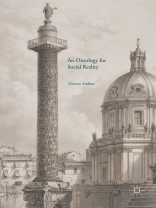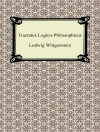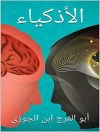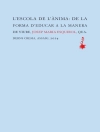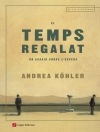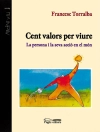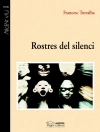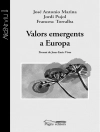This book explores the complex domain of social reality, asking what this reality is, how it is composed and what its dynamics are in both theoretical and practical terms. Through the examination of some of the most important contemporary theories of social ontology, the book discusses the fundamentals of the discipline and lays the foundations for its development in the political sphere. By analyzing the notion of State and the redesign of ontology, the author argues in favor of a realist conception of the State and shows the reasons why this promotes a better understanding of the dynamics of power and the actualization of a greater justice between generations. This book captures the relationship between different generations within the same political context, and presents it as a necessary condition for the re-definition of the concepts of State and meta-State.
Daftar Isi
Introduction.- Acknowledgments.- CHAPTER I: THE DOMAIN OF SOCIAL ONTOLOGY.- 1. Conflicting Intuitions: Antigone’s Paradox.- 2. Ontology.- 3. Social Ontology.- 3.1. The Stipulative Model and the Essentialist Model.- 3.2. The Origins of the Essentialist Model.- 3.3. Contra Hume: Reinach’s Essentialism.- 3.3.1. The A Priori Foundations of Social Ontology.- 3.3.2. Arguments For and Against the Essentialist Model.- 3.3.2.1. The ‘Tragedy of the Commons’ and the Irreducibility of Power.- 3.4. The Primitives of Social Reality: Action, Covenants, Emotions.- CHAPTER II: THEORIES.- 1. ‘P-ontologies’: People, Groups, Relations.- 1.1. Common Commitment and Plural Action.- 2. ‘I-ontologies’: Facts, Institutions, Procedures.- 2.1. The Relational Character of Social Ontology.- 2.2. The Foundations: Assignment of Function, Collective Intentionality, Constitutive Rules.- 2.2.1. Assignment of Function.- 2.2.2. Intentionality.- 2.2.3. Individual Intentionality.- 2.2.4. Intentionality.- 2.2.5. Constitutive and Regulative Rules.- 2.2.6. Institutional Facts.- 2.3. Rules and the Normative Issue.- 3. Le ‘O-ontologies’ and the Role of Documents.- 3.1. The (Social) World In Eleven Theses.- 3.2. The Ontology Of Social Objects.- 3.3. From the Letter to the Document: the Case of the European Community.- 3.3.1. Phenomenology of Documents.- 3.3.2. Governmentality: the Poietic Power Of Documents.- CHAPTER III: STATE AND JUSTICE.- 1. That Thing Called State.- 2. Transgenerational Actions.- 2.1. Epistemology.- 2.2. Ontology.- 2.3. Three Theories of The State: A Comparison.- 2.3.1. Utopia.- 2.3.2. Leviathan.- 2.3.3. Minimal State.- 2.4. The Prejudice Against the State: Anarchist Theories.- 2.5. Social Contract 2.0.- CHAPTER IV: A CROSS-SECTION OF POWER.- 1. States and Meta-States.- 2. Jonas’ Half-World.- 2.1. Energy.- 2.2. Power.- 3. The Macrostructure Of Institutional Reality.- 3.1. Document Bureaucracy.- 3.1.1. Actions.- 3.1.2. Memory.- 3.2. Identity.- 3.2.1 The Memory of Art.
Tentang Penulis
Tiziana Andina is Associate Professor of Philosophy at the University of Turin, Italy. She was a fellow at Columbia University, US, from 2008 to 2009, and at Käte Hamburger Kolleg, Germany, in 2015. She was also Visiting Professor at ITMO University, Russia, in 2014, and at University of Warsaw, Poland, in 2015. Her publications include: Il volto americano di Nietzsche (1999), Il problema della percezione nella filosofia di Nietzsche (2005), Arthur Danto: Philosopher of Pop (2011), The Philosophy of Art: The Question of Definition: From Hegel to Post-Dantian Theories (2013) (Ed.) and Bridging the Analytical Continental Divide: A Companion to Contemporary Western Philosophy (2014). She is co-editor of the international journal Brill Research Perspectives in Art and Law, and, with David Carrier, is series editor of Analytic Aesthetics and Contemporary Art.
